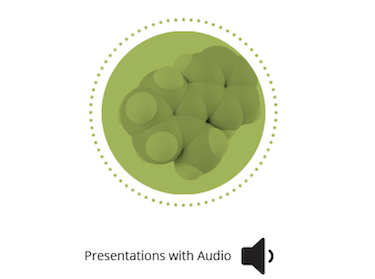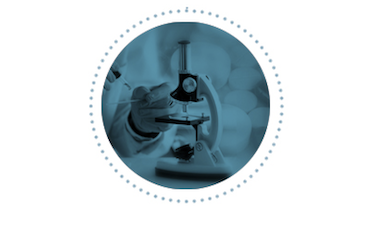Philip Morris international (PMI) is leading a transformation in the tobacco industry to create a smoke-free future and ultimately replace cigarettes with smoke-free products to the benefit of adults who would otherwise continue to smoke, society, the company, its shareholders and its other stakeholders.
By placing science and innovation front and center as a driving force for the future, PMI is focusing its resources on developing scientifically substantiating, and responsibility commercializing smoke-free products that, while not risk-free, are a much better choice for adult smokers than continuing to smoke cigarettes. Its R&D efforts follow practices used in the pharmaceutical industry and guidance from the U.S. Food and Drug Administration (FDA), and are led by a team composed of more than 430 world-class scientists, engineers, and experts.



